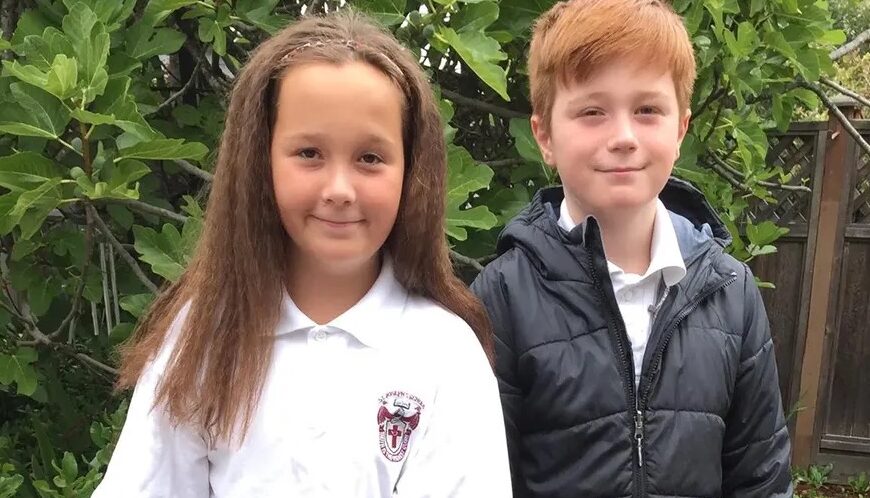Toe by Toe: How Mastery Learning Shaped My Educational Model
Personalized Learning Model
I believe in a learning model that emphasizes individual learning plans. This does not mean segregation classes, but rather building students up until they have a complete understanding or grasp of a topic before moving on. For example, instead of passing a student who barely scored a 50% on a test, I would offer them the opportunity to take a different test on the same material until they were able to demonstrate an agreed-upon target for their grade. This means I would hold my class to a B+ standard, and if students struggle to meet more resources will be supplied to aid in their education journey until they show sufficient mastery over the given topic. For students who might already be meeting said standard, I would offer extensions and depending on the difficulty of the extension project, they would get either an A-, A, or A+. The extension projects are all self-directed, meaning they have to take a learning objective from the class and apply it to someone in their life. This is the perfect definition of mastery in my eyes because it shows that the student is ot just retaining the information but also able to apply it to a multitude of contexts.

Learning Journey
Growing up, I believed that personalized learning meant adherence to one’s inherent learning style. This happened because it was something my parents and teachers would talk about and try to utilize for my development. I believe they did this because I was undiagnosed dyslexic, and so my reading ability was incredibly poor; however, since the teachers did not know this, they thought I just had a strong affinity for tactile or auditory learning. When I learnt about my dyslexia and how to manage it, I realized that the learning styles are adaptable and mainly dependent on the teacher who is educating. Once we learnt about dyslexia, I started working with my mom doing Toe-by-Toe, an English book geared to help students who are behind in their reading ability.
Why Was Toe-by-Toe Successful for Me?

- It was designed for weak readers, people with dyslexia, or others who struggle with decoding (identifying written words/sounds) and reading fluently.
- The program was very explicit because it gave very clear instructions, through giving a step-by-step guide clearly laying out expectations.
- It uses a ‘multisensory approach’: engaging more than one sense (seeing, speaking, listening, possibly writing or tracing) to help reinforce letter-sounds, blending, segmenting, etc.
- Normally, it requires a short amount of daily practice (often quoted as ~20 minutes/day) coached by a tutor, parent or support person; you don’t necessarily need to be a trained teacher to use it.
Toe-by-Toe led me to adapt my personalized learning model because it showed me the fault that my teaching fell into, where they would push me up a grade, meanwhile, my reading ability stayed further and further behind. I was exposed to new content; however, I could not make sense of it because I did not have the foundational knowledge or mastery needed to progress. Toe-by-Toe was super hard on me and my family because I absolutely hated it because of how comprehensive it was. I would start new lessons by making sure I still retained all the information from the previous lesson. I hated this because when I missed something, I felt so embarrassed about it. Retrospectively, I see this as a necessary negative experience because it made sure I had mastery over the information before any progress could be made.
Comprehensive Overview of Toe-by-Toe
Supporting Evidence
During my research for the blog post, I found a book written by Charles M. Reigeluth titled Vision and Action: Reinventing Schools through Personalized Competency-Based Education. Reigeluth’s framework he named Personalized Competency-Based Education (PCBE). It shifts schools from a time-based system, where everyone moves at the same pace, to a competency-based system, where students move forward only after demonstrating mastery. The goal of Reigeluth’s framework is to create learner-centred environments where pacing, instruction, and goals are personalized to each student’s needs and strengths.
Dyslexia is not a measure of intelligence. Too often, children are made to feel broken for struggling with words, when in truth their minds are simply wired to see the world differently.”— Sally Shaywitz, Overcoming Dyslexia (2003)
Word Cited
Charles M, Reigeluth, and Karnopp Jennifer. Vision and Action. 1 Dec. 2019.“
What Is Toe by Toe? – Toe by Toe.” Toe by Toe, 4 May 2023, toe-by-toe.co.uk/what-is-toe-by-toe/. Accessed 12 Sept. 2025.

